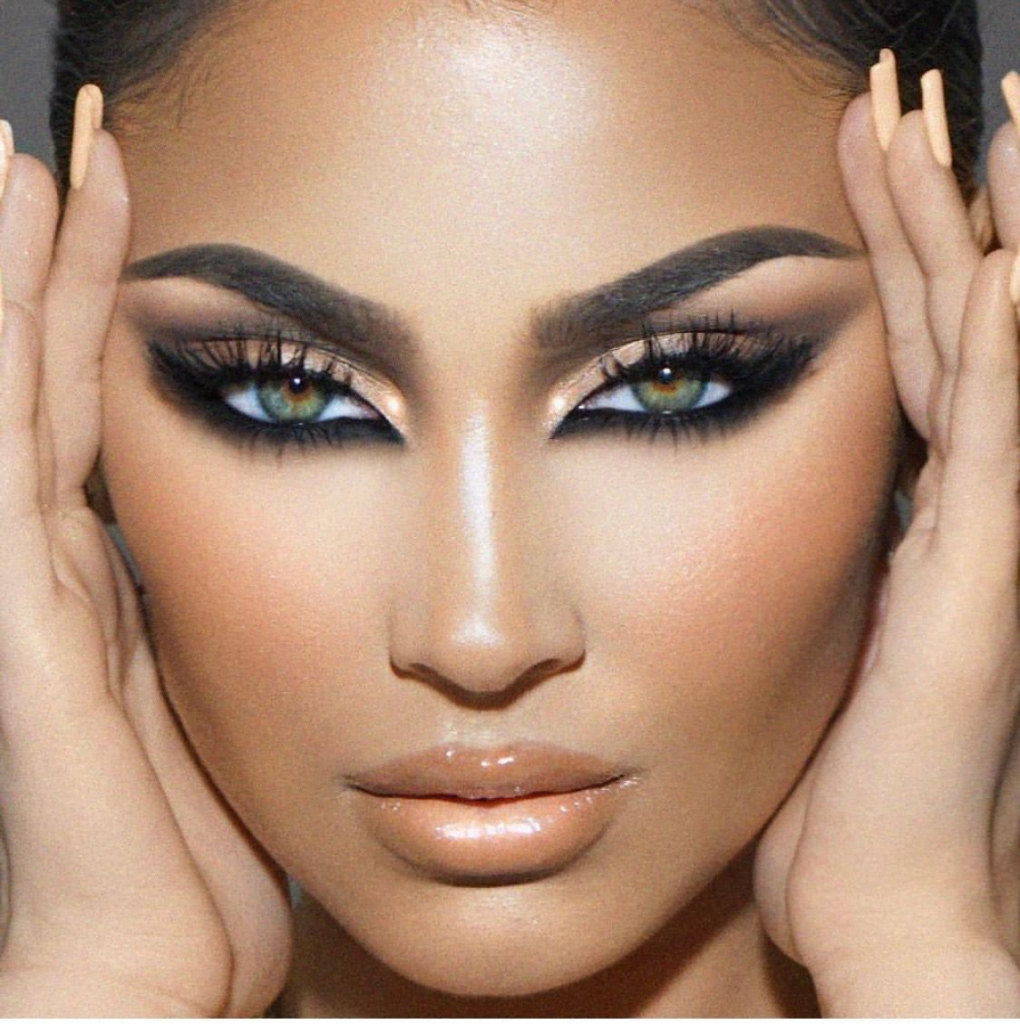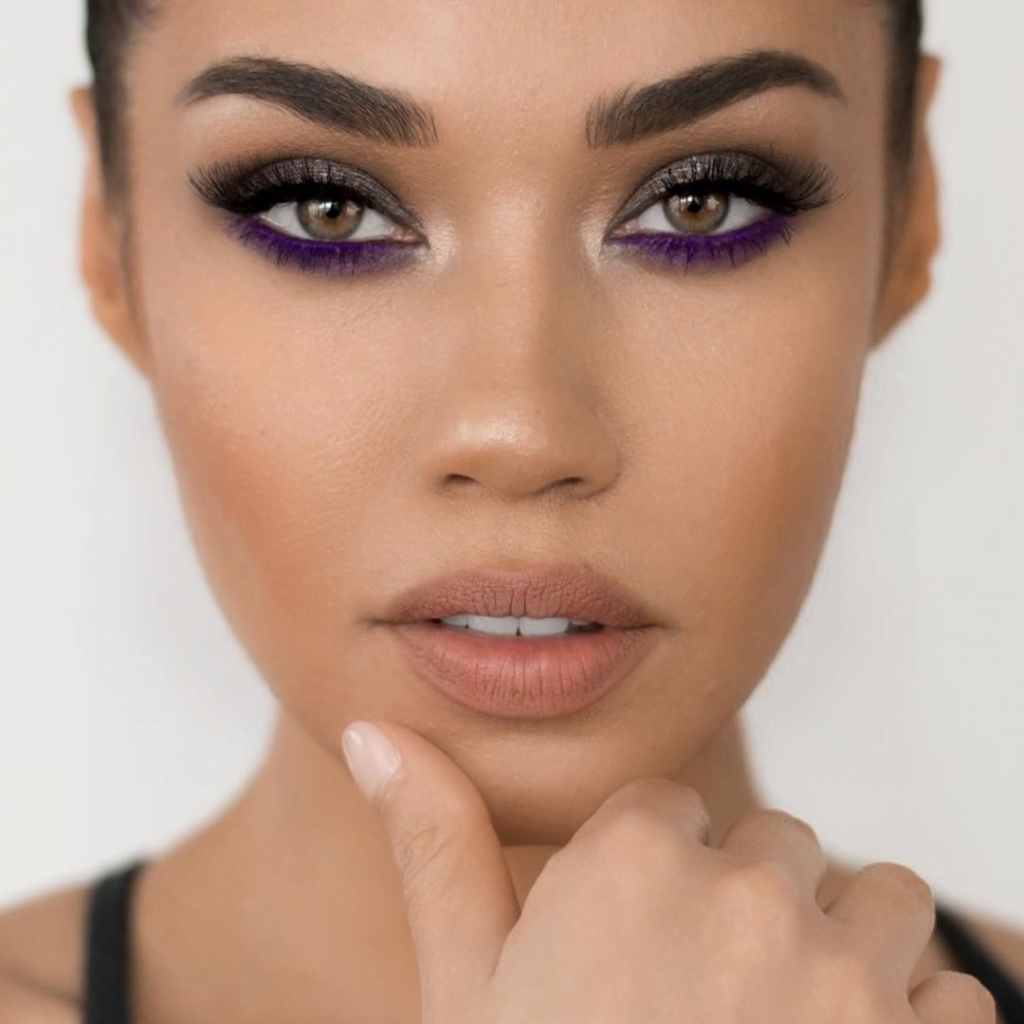Have you ever wondered what cat eye surgery is and what it does? If you are looking for a way to enhance your eye shape and achieve a more exotic and youthful look, you might have heard of this cosmetic procedure. But what exactly is cat eye surgery and how does it work? Is it safe and effective? What are the benefits and risks? How does it compare to other eye surgeries? In this article, we will answer all these questions and more. We will reveal the secrets of cat eye surgery and help you decide if it is right for you.
Table of Contents
What is Cat Eye Surgery and What Does it Do?
Cat eye surgery, also known as lateral canthoplasty, is a type of eyelid surgery that aims to create a more almond-shaped eye by extending the outer corners of the eyes. This gives the eyes a more slanted and lifted appearance, similar to that of a cat. Cat eye surgery can also correct droopy or sagging eyelids, reduce wrinkles and crow’s feet, and improve the symmetry and balance of the eyes.
Cat eye surgery is usually performed under local anesthesia and sedation. The surgeon makes a small incision at the outer corner of the eye and removes a small wedge of skin and muscle. Then, the surgeon repositions the remaining skin and muscle and sutures the incision. The procedure takes about an hour and can be done on both upper and lower eyelids.

Is Cat Eye Surgery Safe and Effective?
Cat eye surgery is generally considered a safe and effective procedure, as long as it is done by a qualified and experienced surgeon. However, like any surgery, it has some potential risks and complications. These include:
- Infection
- Bleeding
- Scarring
- Dry eyes
- Eye irritation
- Asymmetry
- Overcorrection
- Undercorrection
- Change in vision
- Nerve damage
- Allergic reaction
To minimize these risks, it is important to follow the surgeon’s instructions before and after the surgery, such as avoiding smoking, alcohol, blood thinners, and certain medications. It is also advisable to choose a reputable clinic and surgeon, and to have realistic expectations about the outcome.

What is the Difference Between Cat Eye and Fox Eye Surgery?
Cat eye surgery and fox eye surgery are both types of eyelid surgery that aim to create a more almond-shaped eye. However, they have some differences in terms of technique and effect. Fox eye surgery, also known as brow lift or temporal lift, is a procedure that lifts the eyebrows and the outer corners of the eyes, creating a more arched and elongated eye shape. Fox eye surgery can also reduce forehead wrinkles and sagging skin. Fox eye surgery is usually done under general anesthesia and involves making incisions along the hairline and behind the ears. The surgeon then lifts and tightens the skin and muscles of the forehead and temples, and sutures the incisions. The procedure takes about two hours and can be combined with other facial surgeries, such as facelift or eyelid surgery.
Cat eye surgery and fox eye surgery can both achieve a similar effect of enhancing the eye shape and giving a more exotic and youthful look. However, they have some pros and cons that should be considered before choosing one over the other. Some of these are:
- Cat eye surgery is less invasive and has a shorter recovery time than fox eye surgery. Cat eye surgery can be done under local anesthesia and sedation, while fox eye surgery requires general anesthesia. Cat eye surgery also has smaller and less visible scars than fox eye surgery.
- Fox eye surgery can address more issues than cat eye surgery. Fox eye surgery can not only lift the eyes, but also the eyebrows and the forehead, creating a more harmonious and balanced facial expression. Fox eye surgery can also correct more severe cases of droopy or sagging eyelids, while cat eye surgery is more suitable for mild to moderate cases.
- Cat eye surgery is more customizable and reversible than fox eye surgery. Cat eye surgery can be adjusted according to the patient’s preference and eye shape, while fox eye surgery has a more standardized and uniform effect. Cat eye surgery can also be reversed or modified if the patient is not satisfied with the result, while fox eye surgery is more difficult and risky to undo or change.
How Long Does Cat Eye Surgery Last?
Cat eye surgery is a permanent procedure, meaning that the results will not change over time. However, this does not mean that the eyes will not age or change due to other factors, such as genetics, lifestyle, or environmental factors. Therefore, it is possible that the eyes may lose some of their shape or elasticity over time, and that the patient may need additional procedures or treatments to maintain or enhance the results. Some of these include:
- Botox injections: Botox is a neurotoxin that temporarily paralyzes the muscles that cause wrinkles and fine lines. Botox can be used to smooth out the crow’s feet and the forehead lines, and to lift the eyebrows and the eyes. Botox injections last about three to six months and need to be repeated regularly to maintain the effect.
- Fillers injections: Fillers are substances that are injected into the skin to add volume and plumpness. Fillers can be used to fill in the hollows and dark circles under the eyes, and to enhance the cheekbones and the temples. Fillers can also lift and support the skin and muscles around the eyes, creating a more youthful and refreshed look. Fillers last about six to 18 months and need to be repeated periodically to maintain the effect.
- Laser resurfacing: Laser resurfacing is a procedure that uses a beam of light to remove the outer layer of the skin and stimulate the growth of new collagen and elastin. Laser resurfacing can improve the texture, tone, and elasticity of the skin, and reduce the appearance of scars, pigmentation, and sun damage. Laser resurfacing can also tighten and smooth the skin around the eyes, enhancing the results of cat eye surgery. Laser resurfacing can be done once or several times, depending on the condition and the desired outcome.
Is Cat Eye Surgery Painful?
Cat eye surgery is not a painful procedure, as it is done under local anesthesia and sedation. The patient may feel some pressure or tugging during the surgery, but not pain. After the surgery, the patient may experience some discomfort, swelling, bruising, and itching around the eyes, but these are normal and temporary side effects that can be managed with painkillers, ice packs, and eye drops. The patient may also have some difficulty opening and closing the eyes, and may have some sensitivity to light and blurred vision, but these will improve gradually as the eyes heal. The patient should avoid rubbing or touching the eyes, and should follow the surgeon’s instructions on how to clean and care for the eyes. The patient should also avoid wearing makeup, contact lenses, and sunglasses until the eyes are fully healed.
Is Cat Eye Surgery Reversible?
Cat eye surgery is a reversible procedure, meaning that it can be undone or modified if the patient is not happy with the result or wants to change the eye shape. However, reversing or altering cat eye surgery is not a simple or risk-free process, and it should only be done by a qualified and experienced surgeon. Reversing or altering cat eye surgery involves making another incision at the outer corner of the eye and restoring the original position and shape of the skin and muscle. This may result in additional scarring, infection, bleeding, or asymmetry. It may also affect the function and appearance of the eyes, such as causing dry eyes, eye irritation, or change in vision. Therefore, it is important to think carefully before deciding to undergo cat eye surgery, and to choose a reputable surgeon and clinic that can provide satisfactory results.
What to Expect After Cat Eye Surgery?
After cat eye surgery, the patient can expect to see some immediate improvement in the eye shape and appearance, but the final result will take some time to show, as the eyes need to heal and settle. The patient can also expect to experience some side effects and recovery process, such as:
- Side effects: The patient may have some swelling, bruising, redness, and itching around the eyes, which will subside within a week or two. The patient may also have some difficulty opening and closing the eyes, and may have some sensitivity to light and blurred vision, which will improve gradually as the eyes heal. The patient may also have some numbness or tightness in the eye area, which will fade over time. The patient should avoid rubbing or touching the eyes, and should follow the surgeon’s instructions on how to clean and care for the eyes. The patient should also avoid wearing makeup, contact lenses, and sunglasses until the eyes are fully healed.
- Recovery: The patient can usually go home on the same day of the surgery, but should have someone to drive and accompany them. The patient should rest and avoid any strenuous activities, such as exercise, lifting, or bending, for at least a week. The patient should also avoid any exposure to heat, sun, or dust, and should wear protective eyewear when going outside. The patient should keep the head elevated and use ice packs to reduce the swelling and inflammation. The patient should also take painkillers, antibiotics, and eye drops as prescribed by the surgeon.
- Follow-up: The patient will need to visit the surgeon for regular check-ups and to remove the stitches, which are usually done within a week. The patient should also report any signs of infection, bleeding, or abnormal healing to the surgeon. The patient should also follow the surgeon’s advice on how to prevent or minimize scarring, such as using silicone gel or cream, massage, or laser therapy. The patient should also avoid smoking, alcohol, and sun exposure, as these can impair the healing process and affect the result.
- Result: The patient can expect to see some improvement in the eye shape and appearance immediately after the surgery, but the final result will take some time to show, as the eyes need to heal and settle. The patient may notice some changes in the eye shape and size, as well as the eyelid position and movement, as the swelling and bruising subside. The patient may also notice some improvement in the eye function and vision, such as less dryness, irritation, or strain. The patient should be patient and wait for at least three to six months to see the full effect of the surgery. The patient should also keep in mind that the result may vary depending on the individual anatomy, preference, and expectation.

Conclusion
Cat eye surgery is a cosmetic procedure that can create a more almond-shaped eye by extending the outer corners of the eyes. Cat eye surgery can also correct droopy or sagging eyelids, reduce wrinkles and crow’s feet, and improve the symmetry and balance of the eyes. Cat eye surgery can give the eyes a more slanted and lifted appearance, similar to that of a cat, and can enhance the overall facial attractiveness and youthfulness. Cat eye surgery is generally a safe and effective procedure, but it has some potential risks and complications, and it requires some preparation, recovery, and follow-up. Cat eye surgery can also be reversed or modified if the patient is not satisfied with the result or wants to change the eye shape. Cat eye surgery can be compared to other eye surgeries, such as fox eye surgery, which has some similarities and differences in terms of technique and effect.
We hope this article has helped you understand what cat eye surgery really does and what to expect from it. If you are interested in cat eye surgery or have any questions or concerns, we recommend you to consult with a qualified and experienced surgeon who can assess your condition and suitability, and provide you with the best advice and treatment. We also encourage you to do your own research and to look at some before and after photos and reviews of cat eye surgery to get a better idea of the possible outcome and satisfaction. Remember, cat eye surgery is a personal decision that should be made based on your own goals and expectations, and not on anyone else’s opinion or pressure.
Thank you for reading this article and we hope you have found it informative and engaging. If you have any comments or feedback, please feel free to share them with us. We would love to hear from you and to learn from your experience and perspective. Have a great day and stay tuned for more articles on beauty and health topics.
Visit the Dr.MFO Instagram profile for examples of successful Surgeries. Contact for free consultation.








